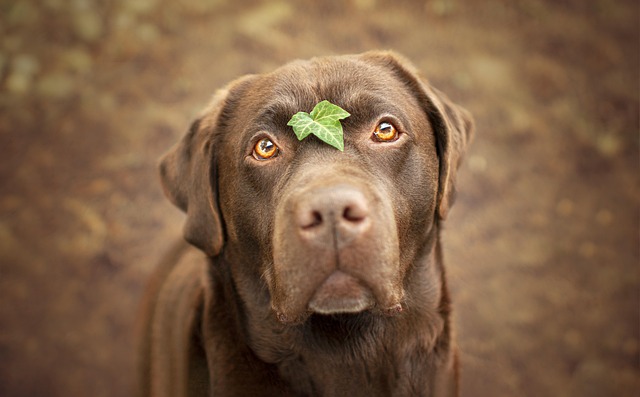
What is the best type of training for a dog?
There’s no one-size-fits-all answer to what makes the best dog training, but most experts agree that methods built on positive reinforcement tend to yield the most lasting results.
We’ve all been there: your dog spots a stranger on your San Francisco stoop and erupts into frantic barking, making package deliveries feel like a SWAT raid. While alarming, this behavior stems from instinct—dogs bark at "intruders" to protect their territory or from anxiety about the unfamiliar. The safest, most effective solution isn’t silencing them forcefully but rewiring their emotional response through patience and science.
Start by understanding canine communication. Barking triggers adrenaline, locking your dog into a stress loop. Desensitization barking training breaks this cycle by gradually exposing them to triggers below their reaction threshold. For example:
Create distance: Have a friend stand 50 feet away (where your dog notices but doesn’t bark). The instant your dog looks calmly, mark with "yes!" and give high-value chicken bits.
Shrink the gap: Over days, move the helper closer—only progressing when your dog stays relaxed.
Add the "quiet" cue: When barking starts, say "quiet" calmly. The second they pause, reward. Never reward while barking.
This positive reinforcement quiet command teaches self-control without fear. Punishments like shock collars or yelling increase anxiety—and violate animal welfare norms across the EU and most U.S. states. If your dog barks at neighbors in your Austin apartment hallway, redirect to a "go to mat" behavior instead.

Now, the real-world rules every owner must follow:
Vaccines first: Before practicing near public spaces (like parks), ensure rabies/distemper shots are current (legally required by 4-6 months nationwide). Always carry biodegradable bags—scooping fines hit $300 in cities like Seattle, and unleashed training in non-designated areas risks citations.
Respect community peace: In apartments, use white noise machines during training to muffle barks. Notify neighbors you’re working on the issue—proactive communication prevents complaints. When walking, maintain 6-foot leash distance from strangers until your dog masters calmness.
Cultural red lines: Yanking leashes or "alpha rolls" are outdated and illegal in Germany/Sweden. Reward-based methods build trust and comply with modern welfare standards.
For tough cases (e.g., rescue dogs with trauma), try anxiety wraps like ThunderShirt or consult a certified R+ trainer. Most dogs show improvement in 4-8 weeks with daily 5-minute sessions. Remember: barking is natural—your goal isn’t elimination but teaching when silence serves them best.

There’s no one-size-fits-all answer to what makes the best dog training, but most experts agree that methods built on positive reinforcement tend to yield the most lasting results.

Welcoming an 8-week-old puppy into your home is a joy filled with wiggly tails and endless curiosity. One of the first steps in building a strong bond is teaching them their name.

If you’ve ever sat up at night, listening to your gray-muzzled dog pace back and forth, stopping to whine or stare at a wall, you know the worry that comes with a restless senior pup.

Training a service dog starts long before they’re ready to assist with specific tasks—their journey begins with building a foundation of trust, focus, and adaptability, and the timing of this training matters more than you might think.

Watching a tiny puppy fumble through their first attempts to sit can feel like watching a little acrobat mastering a new trick.

If you’ve ever found your flower bed dug up or your favorite shrub chewed to bits, you’ve probably searched for easy ways to keep neighborhood dogs (or even your own) out of your yard.